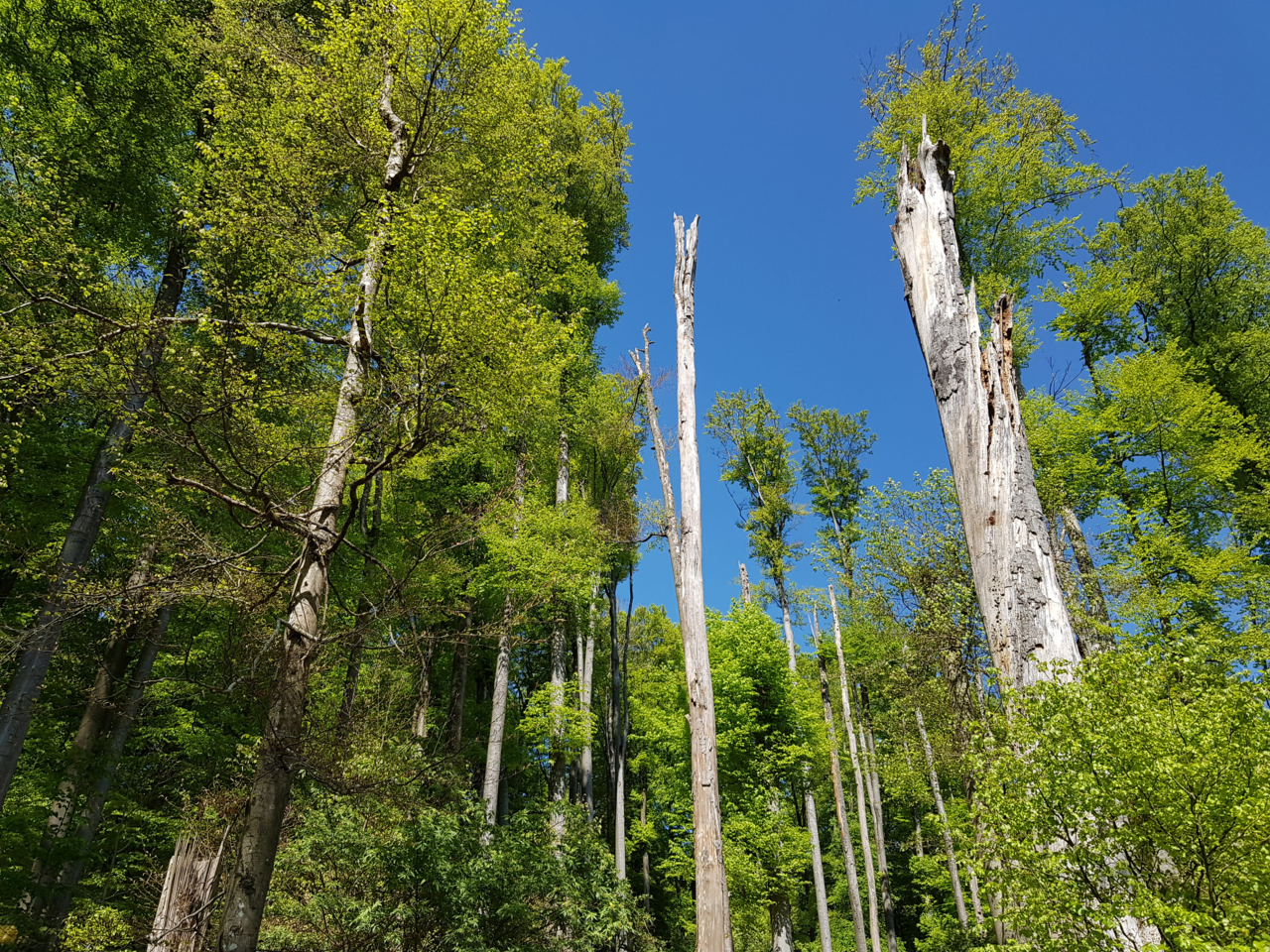
3.6 Stakeholder conflicts

Different stakeholders often interpret forest restoration in contrasting ways, leading to conflicts over priorities like biodiversity, timber, hunting, and recreation. Recognising these perspectives is key to managing disagreements and building shared solutions.
Forest restoration stakeholders can see the meaning and goals of forest restoration differently, depending on what matters most to their group or organisation. These different views, shaped by personal values and beliefs, can lead to conflicts. Therefore, understanding how stakeholder perspectives, values, beliefs and related conflicts can help you to prevent conflicts, find ways to resolve them, and encourage more community support and involvement in restoration efforts. Three different stakeholder understandings of forest restoration have been identified across Europe, including ecological restoration, restoration for forest cover, and socio-economic restoration. These understandings have been linked with four forest restoration conflicts: (1) Biodiversity conservation vs. Timber production and harvesting; (2) Forest restoration vs. Hunting culture and traditions; (3) Forest restoration vs. Recreation and forest cultural value; and (4) Forest restoration vs. Other-land use types.
Given the complexity of forest restoration conflicts, finding an immediate solution may not always be possible. Instead, focus should be given to finding improvements and fostering a common understanding among stakeholders. Stakeholder engagement methods such as the Collaborative Learning Approach can help work toward finding realistic and desired resolutions. For certain types of forest restoration conflicts, effective conflict management may require strategies that are tailored to the specific context.
Related resources
Forest restoration paradigms and conflicts in Europe
This publication explores how forest restoration is understood in a European context, identifies potential forest restoration conflicts and explores the relationships between perceptions and conflicts. The results are based on 46 interviews with stakeholders across 12 forest restoration case studies in Europe. It finds that stakeholders understand forest restoration in diverse ways and that conflicting perceptions can lead to conflicts between stakeholders.




